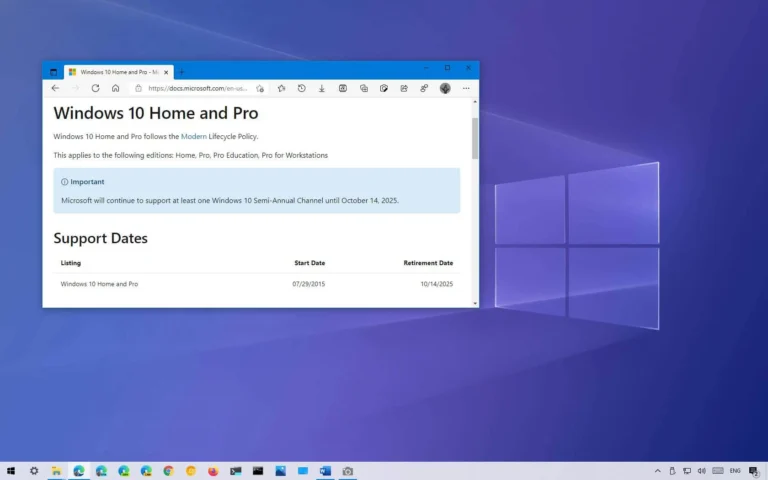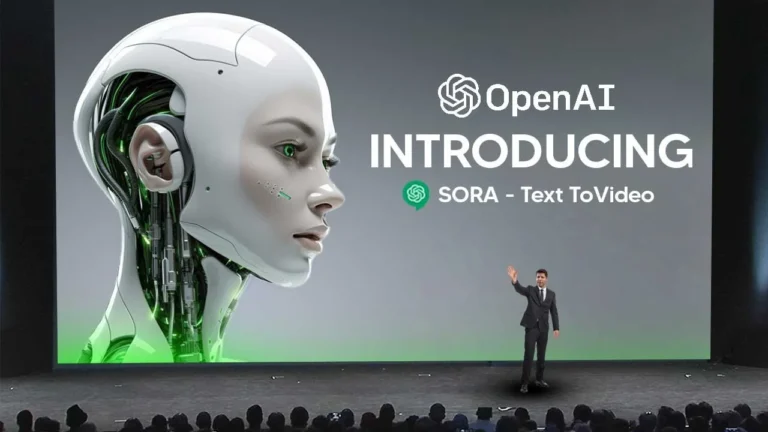Introduction: Microsoft’s Multiplatform Strategy
Understanding the Shift
Microsoft’s Multiplatform Strategy: In the ever-evolving landscape of gaming, Microsoft’s recent strategic moves have sparked discussions about the future of consoles and the direction the industry is heading. Let’s delve into the key developments and explore the implications for players, developers, and the gaming ecosystem as a whole.
Table of Contents
Embracing a Multiplatform Vision
Breaking Down Traditional Barriers
Microsoft’s approach challenges the traditional notion of consoles as standalone platforms by embracing a multiplatform strategy. With initiatives such as Xbox Game Pass and Xbox Cloud Gaming, the company aims to provide gamers with seamless access to content across various devices, including consoles, PCs, and mobile devices.
Fostering Accessibility and Inclusivity
By removing barriers to entry and offering a diverse range of gaming experiences, Microsoft is prioritizing accessibility and inclusivity in gaming. Whether it’s through cloud-based gaming or subscription services, the goal is to make gaming more accessible to players of all backgrounds and preferences.
Navigating the Changing Landscape
Adapting to Consumer Behavior
The shift towards multiplatform gaming reflects changing consumer preferences and behaviors. With an increasing emphasis on convenience, flexibility, and value, players are seeking platforms that offer a wide range of content and flexibility in how they access and experience games.
Empowering Developers and Content Creators
Microsoft’s multiplatform approach also has significant implications for developers and content creators. By providing a unified ecosystem and tools for game development, the company is empowering creators to reach a broader audience and explore new avenues for innovation and creativity.
The Road Ahead: Opportunities and Challenges
While Microsoft’s multiplatform strategy presents exciting opportunities for the gaming industry, it also poses challenges that need to be addressed.
Seizing New Opportunities
Expanding Reach and Engagement
With a multiplatform approach, Microsoft has the potential to expand its reach and engage with a larger audience of gamers. By offering cross-platform experiences and services, the company can attract new players and deepen the engagement of existing ones.
Driving Innovation and Collaboration
The convergence of gaming across multiple platforms opens up new possibilities for innovation and collaboration within the industry. From cross-platform play to cloud-based gaming experiences, there are numerous opportunities for developers to push the boundaries of what’s possible in gaming.
Addressing Key Challenges
Ensuring Compatibility and Performance
One of the key challenges of multiplatform gaming is ensuring compatibility and performance across different devices and platforms. As games become more complex and resource-intensive, developers need to optimize their titles to deliver consistent and high-quality experiences across the board.
Balancing Exclusivity and Accessibility
Another challenge is striking the right balance between platform exclusivity and accessibility. While exclusives can drive hardware sales and brand loyalty, they can also limit the availability of content to certain segments of the gaming community. Finding a middle ground that promotes both exclusivity and accessibility is essential for the success of multiplatform gaming.
Conclusion: Microsoft’s Multiplatform Strategy
Microsoft’s Multiplatform Strategy represents a bold step forward in the evolution of gaming, challenging traditional boundaries and paving the way for a more inclusive and accessible future. By embracing innovation, collaboration, and inclusivity, the company is shaping the future of gaming in exciting and unprecedented ways.







